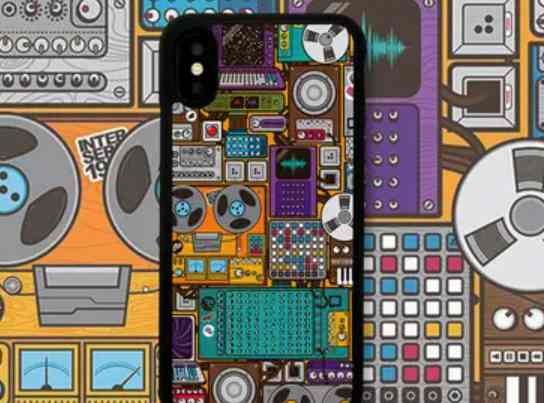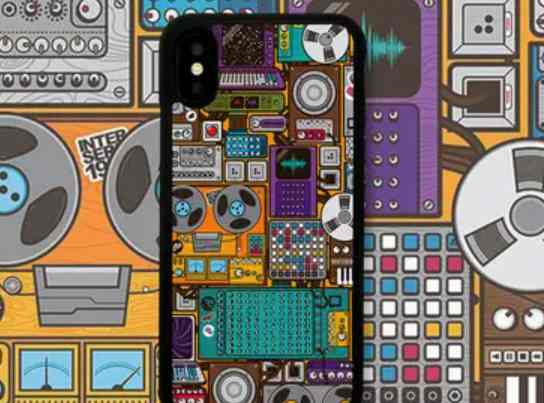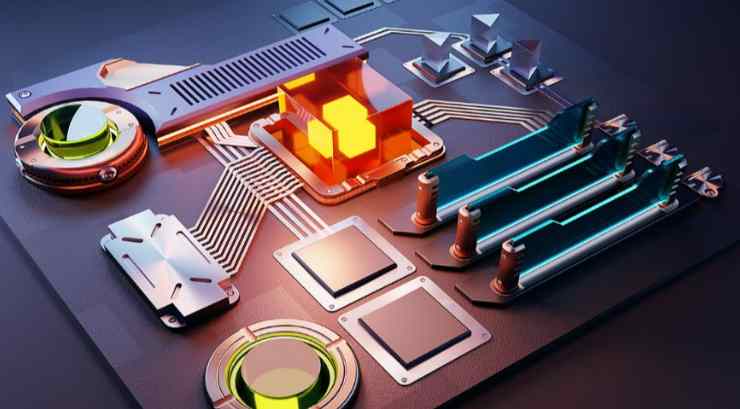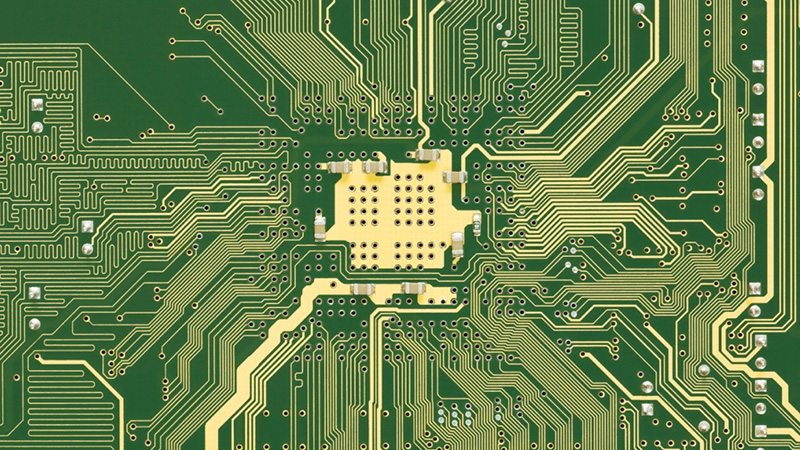
Small portable electronic systems such as mobile phones, PMPS (personal media players), DSC(digital cameras), DVCS (digital video cameras), Pmes (portable medical devices), and GPS(global positioning systems) are advancing all the time, with more features and features than ever before. As a result, the requirements of some peripheral circuits tend to be similar, because their power supply, ports, and MMI(human-machine interface) all use similar technology.
Three - level strategy for low power consumption full - function products
With the increase of functions and performance of portable systems, the demand for power management is also increasing. As a result, the strategies Oems use to address power consumption are evolving.
The first level strategy focuses on the efficiency of the energy management subsystem, including minimizing losses on DC/DC converters, Ldos, battery management, and battery protection circuits.
This is a power sub-system-centric approach that largely depends on the semiconductor supplier's ability to produce components and integrated devices that consume less power than similar architecture devices on the market. This makes component selection a major task for OEM engineers, balancing factors such as energy efficiency, component cost, and package size.
While this strategy has worked well and the component market has recognized the benefits, most analog and simulation-focused mixed-signal IC vendors have not benefited significantly from the ongoing reduction in process size.
The secondary strategy shifts the focus from the power supply to some parts of the system, or even some parts of the large-scale ASIC that are not working at certain times. This strategy is particularly effective when applied to high-power users such as wireless link hardware and display backlights, and can extend operating time per charge by shutting down even low-power loads such as audio subsystems, I/O ports, or non-volatile configuration memory. For example, the current production of mobile phones have 20 or more power fields.

In addition to saving power caused by idle current in high-power circuits such as RF components and display backlights, this strategy effectively reduces static power as long as the system can turn off a clock-driven part of the circuit. With the development of IC manufacturing technology to ever smaller sizes, this strategy can effectively replace clock gate to reduce idle current.
This power reduction strategy relies on technical contributions from system architects, hardware and software implementers, and ASIC vendors. While this strategy is successful, it is also limited by the amount of load on the application processor, and these additional features will force PCB designers to consume more power and more computing resources. For example, mobile phones have shifted from ARM7 to ARM9 and ARM11 processors as optional baseband and secondary processing resources. The trend is similar, though to a lesser extent, with other portable electronics.
The third level strategy focuses on reducing the power consumption of various functions without sacrificing performance. One possible technique is to utilize distributed intelligent management, which does not require the powerful processing power and speed of baseband or application processors.
This strategy allows the processor to hand over full functionality to semi-automatic peripheral controllers. The result is a mode of operation in which the processor can be put to sleep during human activities rather than data processing or communication tasks, which require the full capacity of the processor. Smart display backlit drivers are a good example.
The backlight scheme under the third level strategy
Users of portable electronics need a clearly visible screen display in a variety of ambient light conditions. Currently, portable devices often use photodiodes or phototransistors to estimate ambient light intensity and use this as input to the control of the backlight driver. Photosensors require signal conditioning circuits: excitation in the form of DC bias, amplification and analog-to-digital conversion, or at least a step or two threshold detection.
Either through an external component or through on-chip analog I/O pins, the main processor usually monitors the output of the photosensitive sensor in the form of periodic data conversion. The speed of this conversion is on the order of 1 to several orders per second. The controller then evaluates the conversion results, typically dividing the results into three grades that correspond to a daytime, well-lit indoor environment or a dimly lit environment.
The processor does this by sending a control signal to a backlit driver, which in turn provides one of three possible levels of current to the LED string. But this is not efficient. In effect, this is a way for microprocessor management to delegate tasks to a part of the system that has a lower running cost under powerful and expensive central resource monitoring. This does not seem to help the processor task unload.







